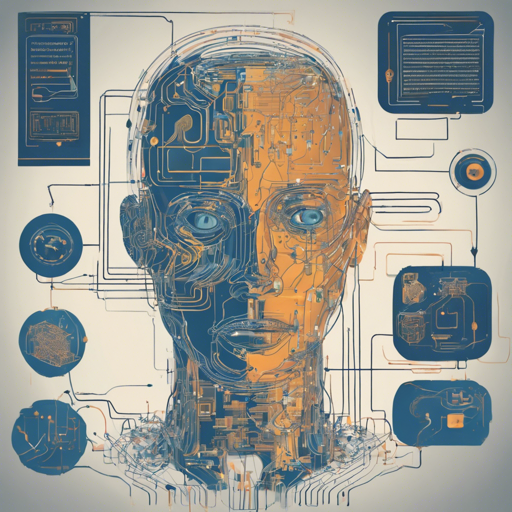Are you ready to dive into the world of visual question answering (VQA) with the BLIP model? BLIP, which stands for Bootstrapping Language-Image Pre-training, represents a significant leap in how we understand and generate language in response to visual inputs. In this guide, we’ll walk you through how to use the BLIP model effectively, ensuring you can leverage its capabilities seamlessly.
Understanding the BLIP Framework
Before we get our hands dirty, let’s break down what BLIP does by using an analogy: imagine you have a keen photographer friend who can not only take great photos but also narrate the story behind each picture. This is somewhat similar to what BLIP achieves – connecting images to text and answering questions based on visual content. By refining its capabilities to both understand images and generate associated textual responses, BLIP enhances how we perform various vision-language tasks effectively.
Getting Started with the BLIP Model
Here’s how to run the BLIP model for the task of visual question answering using PyTorch:
1. Running the Model on CPU
For those working with a CPU setup, follow these simple steps:
python
import requests
from PIL import Image
from transformers import BlipProcessor, BlipForQuestionAnswering
processor = BlipProcessor.from_pretrained("Salesforce/blip-vqa-base")
model = BlipForQuestionAnswering.from_pretrained("Salesforce/blip-vqa-base")
img_url = "https://storage.googleapis.com/sfr-vision-language-research/BLIP/demo.jpg"
raw_image = Image.open(requests.get(img_url, stream=True).raw).convert("RGB")
question = "How many dogs are in the picture?"
inputs = processor(raw_image, question, return_tensors="pt")
out = model.generate(**inputs)
print(processor.decode(out[0], skip_special_tokens=True))2. Running the Model on GPU
If you want to harness the power of a GPU, here’s how you can do it:
A. In Full Precision
python
import requests
from PIL import Image
from transformers import BlipProcessor, BlipForQuestionAnswering
processor = BlipProcessor.from_pretrained("Salesforce/blip-vqa-base")
model = BlipForQuestionAnswering.from_pretrained("Salesforce/blip-vqa-base").to("cuda")
img_url = "https://storage.googleapis.com/sfr-vision-language-research/BLIP/demo.jpg"
raw_image = Image.open(requests.get(img_url, stream=True).raw).convert("RGB")
question = "How many dogs are in the picture?"
inputs = processor(raw_image, question, return_tensors="pt").to("cuda")
out = model.generate(**inputs)
print(processor.decode(out[0], skip_special_tokens=True))B. In Half Precision (float16)
python
import torch
import requests
from PIL import Image
from transformers import BlipProcessor, BlipForQuestionAnswering
processor = BlipProcessor.from_pretrained("Salesforce/blip-vqa-base")
model = BlipForQuestionAnswering.from_pretrained("Salesforce/blip-vqa-base", torch_dtype=torch.float16).to("cuda")
img_url = "https://storage.googleapis.com/sfr-vision-language-research/BLIP/demo.jpg"
raw_image = Image.open(requests.get(img_url, stream=True).raw).convert("RGB")
question = "How many dogs are in the picture?"
inputs = processor(raw_image, question, return_tensors="pt").to("cuda", torch.float16)
out = model.generate(**inputs)
print(processor.decode(out[0], skip_special_tokens=True))Troubleshooting Tips
If you run into issues while using the BLIP model, here are some troubleshooting ideas:
- Installation Issues: Ensure all dependencies are installed correctly. If you face errors, try updating your environment’s packages.
- Image Loading Errors: Make sure the URL is correct and the image is accessible. A broken link will prevent the model from functioning.
- Model Not Responding: If the model does not produce an output, check that the inputs are being processed and the model is correctly loaded.
For more insights, updates, or to collaborate on AI development projects, stay connected with fxis.ai.
Conclusion
With BLIP, you’re equipped to tackle a multitude of vision and language-related tasks with ease. By mastering its use, you’re well on your way to unlocking advanced capabilities in visual question answering.
At fxis.ai, we believe that such advancements are crucial for the future of AI, as they enable more comprehensive and effective solutions. Our team is continually exploring new methodologies to push the envelope in artificial intelligence, ensuring that our clients benefit from the latest technological innovations.

